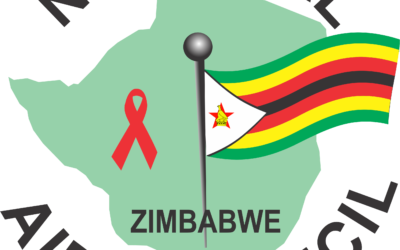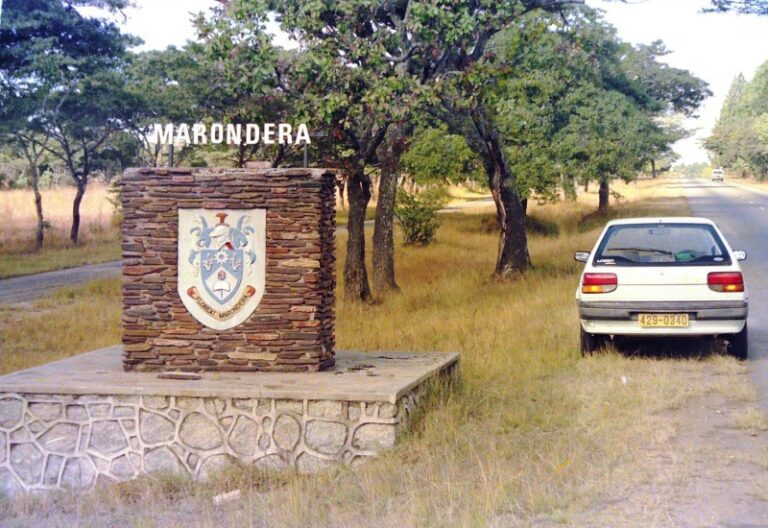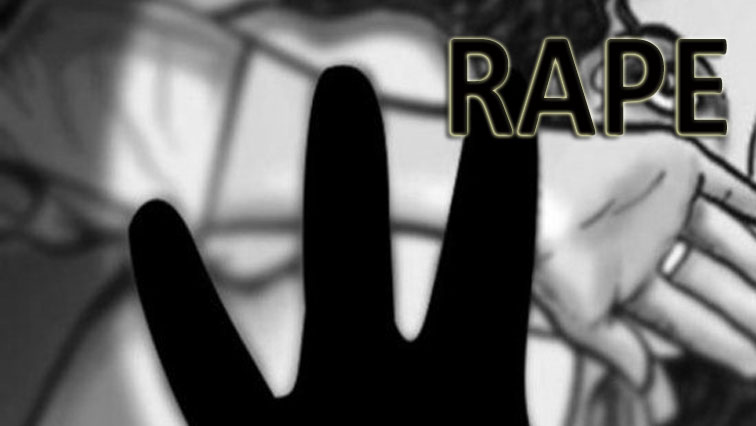
TINASHE MAKICHI, TANYARADZWA NHARI ZESA Holdings has secured a 300 megawatt (MW) power import deal with regional suppliers as the energy crisis threatens to cripple industry and domestic consumers, confidential documents show.
The Zimbabwe Independent this week obtained internal Zesa documents detailing how the power utility was planning to ease the biting power cuts, which are going for more than 12 hours a day, in some instances.
Frequent power cuts have burdened the fragile economy buffeted by several headwinds, such as debilitating liquidity crunch, foreign currency shortages, currency distortions, and runaway inflation.
Energy and Power Development minister Zhemu Soda told the media this week that electricity shortages were caused by faults at Hwange, Kariba and Harare power stations. He said the power situation was likely to stretch until November.
However, a Zesa internal document showed that the power utility will import 300MW from Mozambique and South Africa.
“Zesa has secured 300MW power from EDM (Electricidade de Moçambique, a state-owned power company), HCB (Hdro Cahora Bassa, Mozambique), Eskom (South Africa) and Zesco (Zambia). Zesa has facilitated the creation of an intensive energy user group meant to procure own power requirements from the region and from local suppliers. This is meant to remove the pressure and risk of securing power from Zesa,” reads part of the document.
According to documents gleaned by the Independent this week, Zesa is engaging government ministries to be capacitated to raise foreign currency to pay for imports.
A well-placed source said the 300MW import deal was as good as done.
- Chamisa under fire over US$120K donation
- Mavhunga puts DeMbare into Chibuku quarterfinals
- Pension funds bet on Cabora Bassa oilfields
- Councils defy govt fire tender directive
Keep Reading
“The deal is almost done; negotiations are still ongoing. There are still outstanding debts but a positive outcome is expected,” the source said.
Zesa spokesperson George Manyaya did not respond to questions sent to him by the time of going to print.
The Zimbabwe National Chamber of Commerce (ZNCC) recently noted that power cuts pushed production costs up by 150%.
Zesa needs US$2,5 billion to end load-shedding as the country grapples with subdued local power generation.
The power utility battles acute challenges in getting its monthly requirement of US$17 million to import electricity from the Reserve Bank of Zimbabwe.
The need to import electricity is being driven by the prevailing power deficit of about 1 600MW due to increased demand and poor power generation from hydro and thermal energy sources.
Zesa owes HCB millions of dollars and the power utility was the second largest debtor to HCB in 2020, after EDM, Mozambique’s power utility, according to HCB’s financial statements for 2020.
HCB operates the Cabora Bassa Dam on the Zambezi, a major power supplier to the region.
Zesa imports part of its power from Mozambique as local power generation remains under strain due to aging equipment.
The country’s daily power demand stands at between 1 400MW and 1 500MW, but Zesa generated less than 900MW.
Zimbabwe’s plan to cut power imports involves investment in extending the life of six units at the Hwange Power Station and adding two new units.
Before the Kariba Power Station upgrade added 300MW to the 750MW hydro-electrical plant in March 2018, the Hwange Power station was the country’s biggest.
To fix diminishing output due to frequent breakdowns of its antiquated plants, Hwange is adding two new units, 7 and 8, at a cost of US$1,1 billion.
Zimbabwe’s independent power producers (IPPs), according to the document, contributed 98, 51 Gigawatt Hours (GWh) to the national grid in the first quarter of 2022, after a significant increase in output, representing 4% of the total.
The IPPs increased the power production by 56,1% in the first quarter of 2022 compared to the previous period and this is attributed to the commissioning of a new generation and increased production activity.
The IPPs are contributing 98,51 MW capacity to the 1 450MW being generated by the Zimbabwe Power Company (ZPC), which is a Zesa Holdings subsidiary.
According to the document, Zesa Holdings is losing at least US$4 million per year due to vandalism. About 30% of lost revenue is due to vandalism of copper cables, while another 30% is damage and theft of transformers. The remaining percentage covers electrical cables and other accessories.
Zesa is owed over ZW$15 billion (US$37,1 million) by consumers over non-payment of electricity services by the debtors in the industry and the government.
Another major challenge for the power utility is its inability to charge a cost-effective tariff where Zesa requires foreign currency for operations but charges tariffs in local currency.
Meanwhile, the continued crippling power challenges are expected to negatively hit the mining sector’s target to reach US$12 billion by 2023, industry players warned this week.
The mining sector, which relies on power for production, is reeling under the ravages of a prolonged power crisis, throwing mining targets off the rails.
Mining is the country’s largest foreign currency earner which is critical to the economy. The government expects the sector to generate US$20 billion by 2030.
“Inadequate power supply to meet current and future expansion projects may weigh down the potential of the mining sector,” Chamber of Mines president Collin Chibafa said in a written response to the Zimbabwe Independent.
“Key headwinds facing the industry are the weakening global economy which may negatively impact prices of commodities and the unfavourable foreign exchange shortfalls which may hinder the sector’s expansion plans.”
The country is battling subdued local power generation and miners have been affected by this latest predicament.
Chibafa said a strong recovery of the mining industry over the past two years has culminated in a significant increase in mineral production and export earnings.
“Should favourable prices and a conducive operating environment be achieved for the sector, there is no reason why a US$12 billion mining industry cannot be attained,” he said.
“The mining sector is currently operating at average capacity utilisation estimated at around 80% and varies across mineral sub-sectors.”
The gold industry is operating at around 85%, the platinum group of minerals (PGMs) operating at full capacity while other sub-sectors are operating at between 60% and 80%.
Mines and Mining Development deputy minister Polite Kambamura, however, said the sector was on the verge of reaching the US$12 billion target despite the operating environment.
“The mining sector is on the verge of achieving the US$12 billion milestone which is anchored on the minerals such as gold, platinum, diamond, coal, iron, steel, and lithium,” he said.
“There are a lot of projects that are going on. Come 2023, the dream will be a reality. The coming in of other external players in the acquisition of the mineral stake increases the production as seen in the PMGs, the acquisition of Arcadia mine.”
Early this year, Kambamura said gold was expected to contribute US$4 billion, platinum US$3 billion, while chrome, iron, steel, diamonds and coal will rake in US$1 billion.
Lithium is expected to contribute US$500 million while other minerals will contribute US$1,5 billion.










